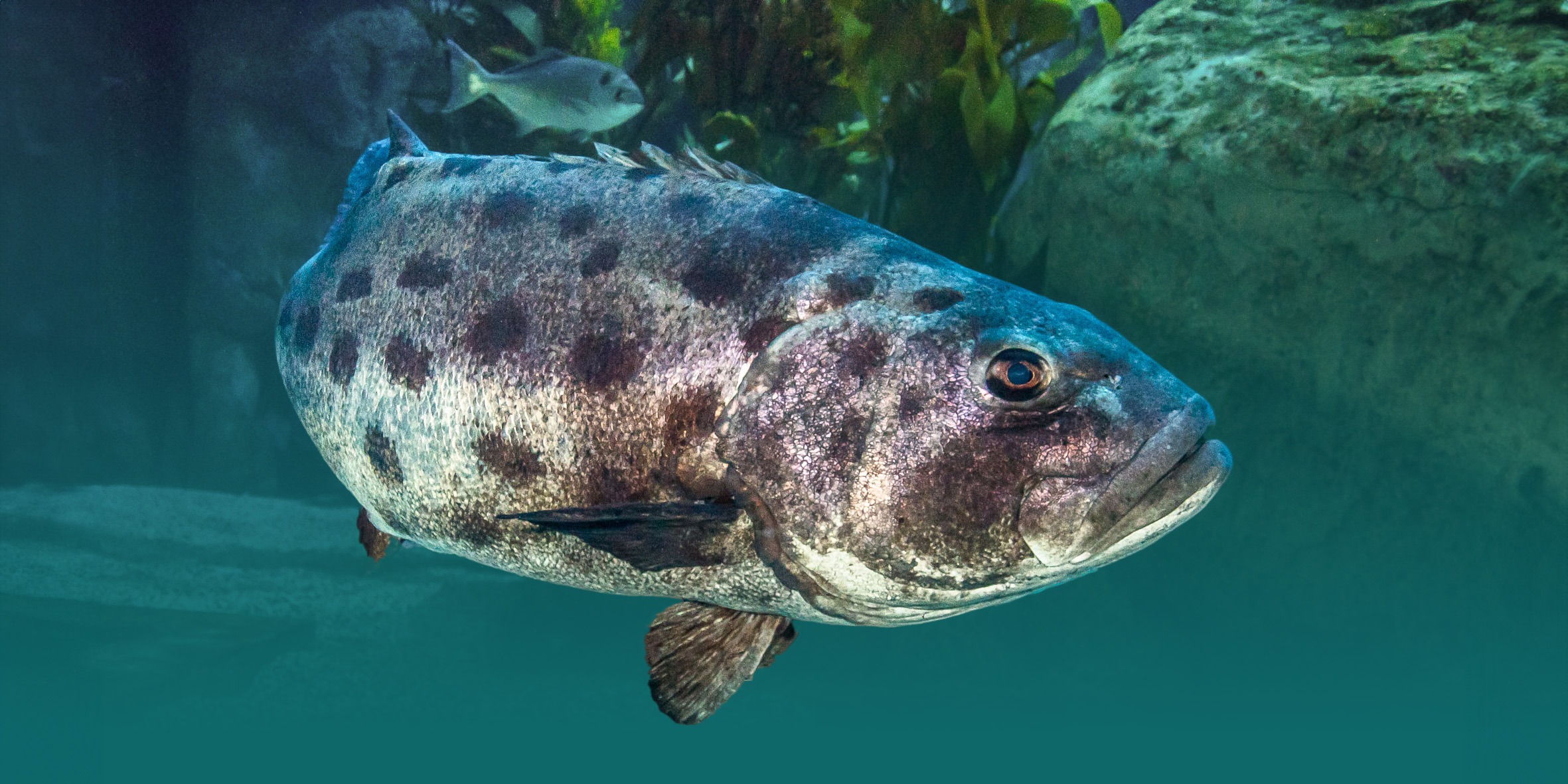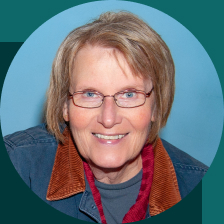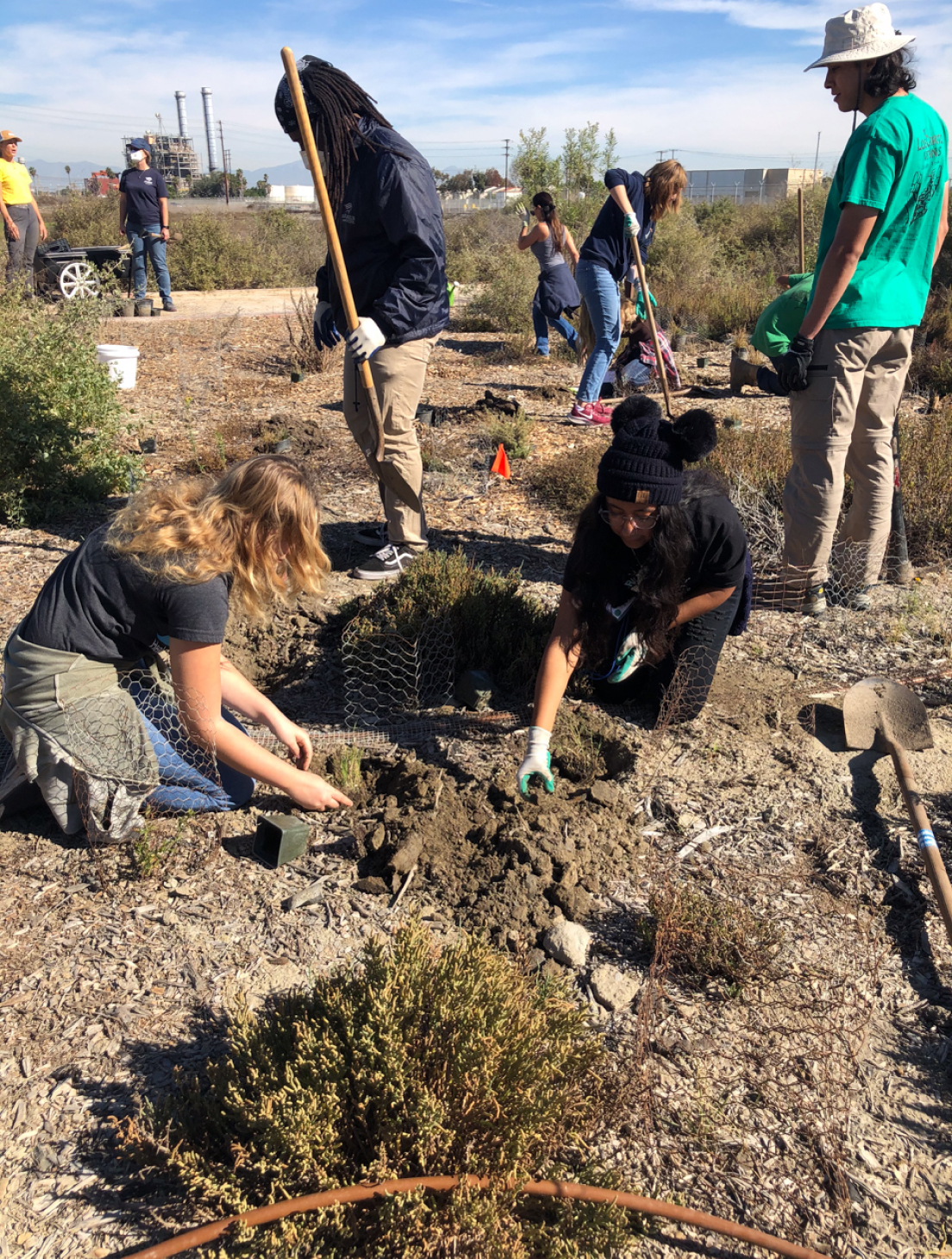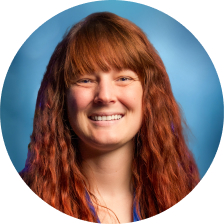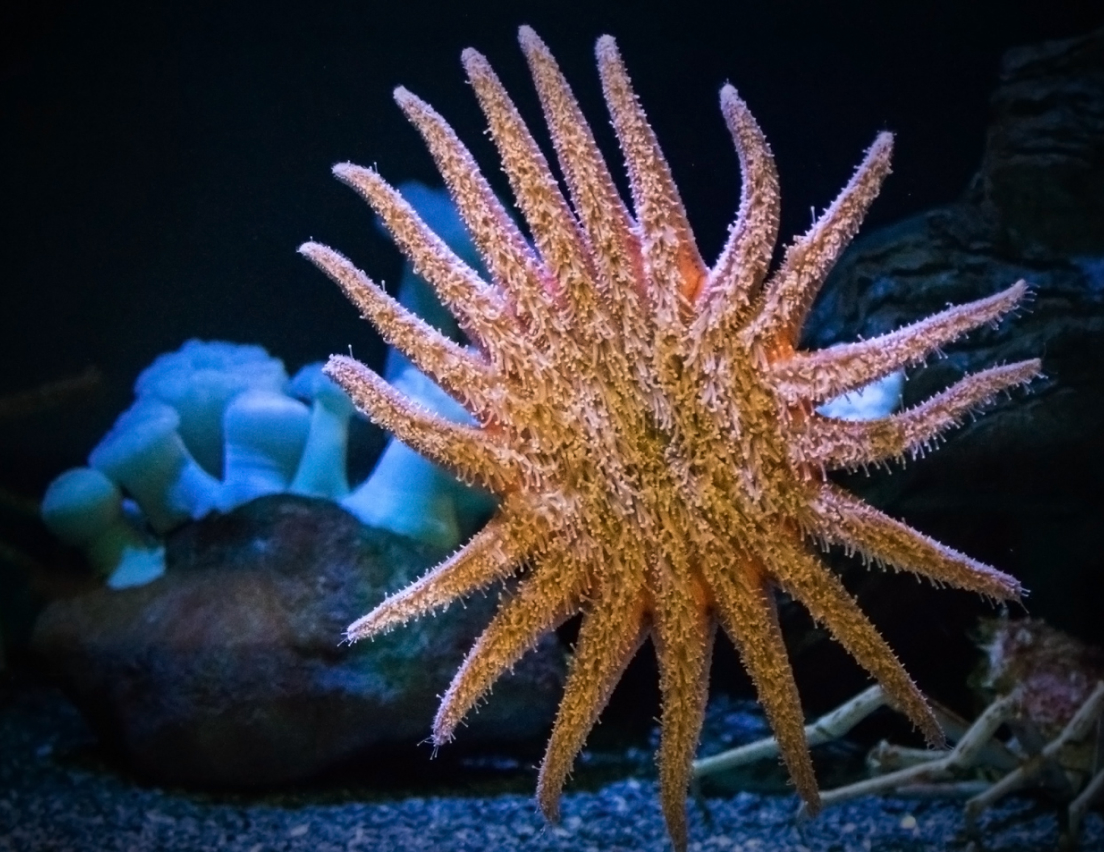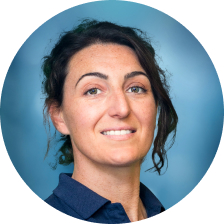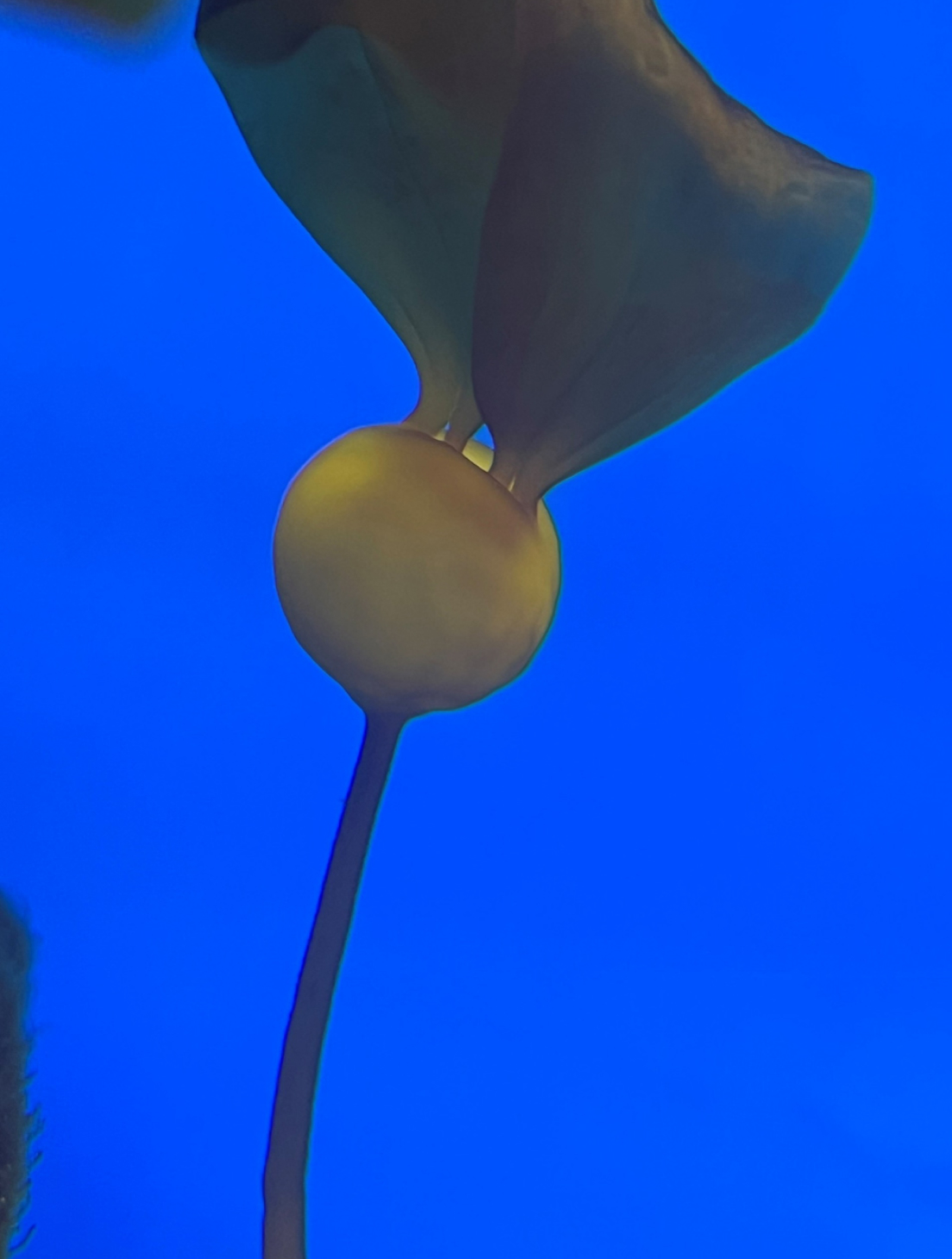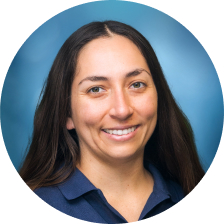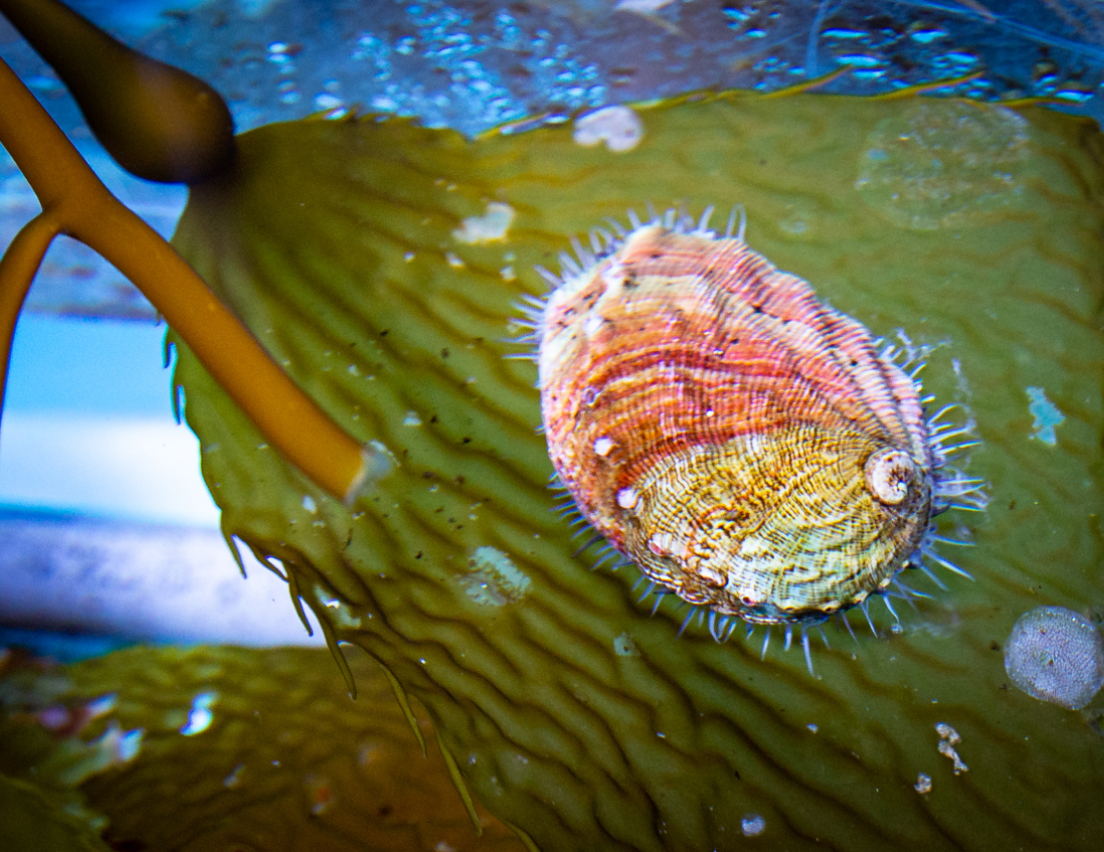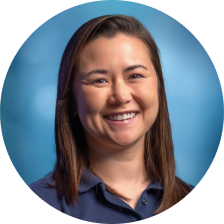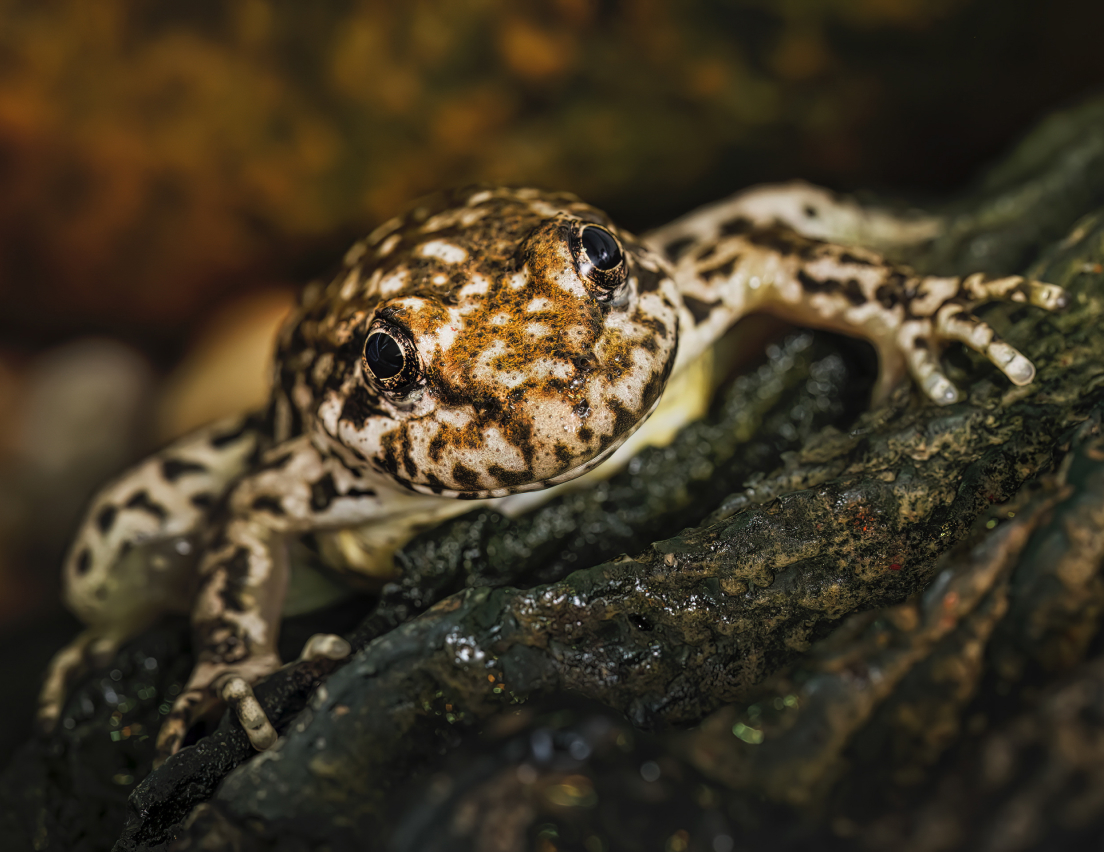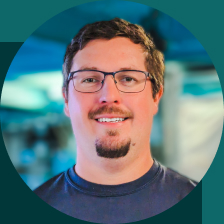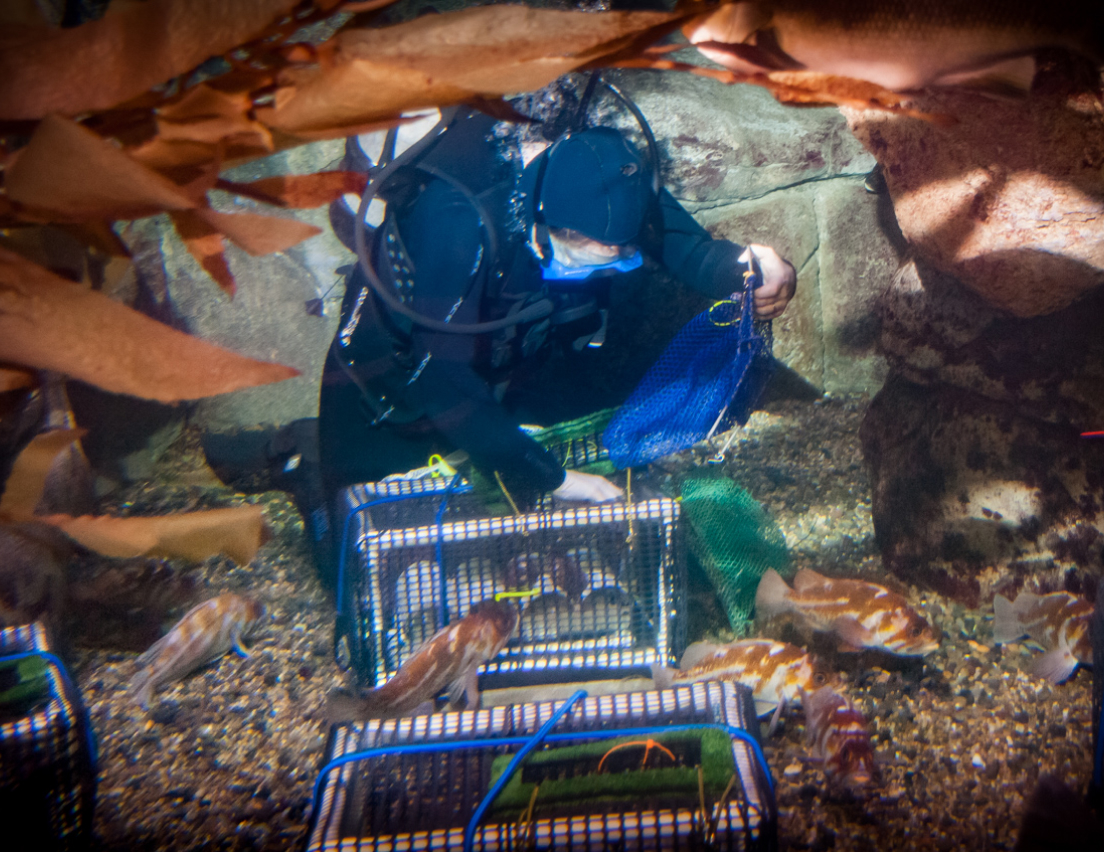Giant Sea Bass
Nate Jaros, senior director of fish and invertebrates
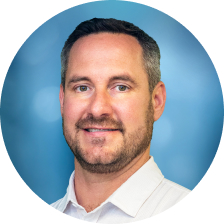
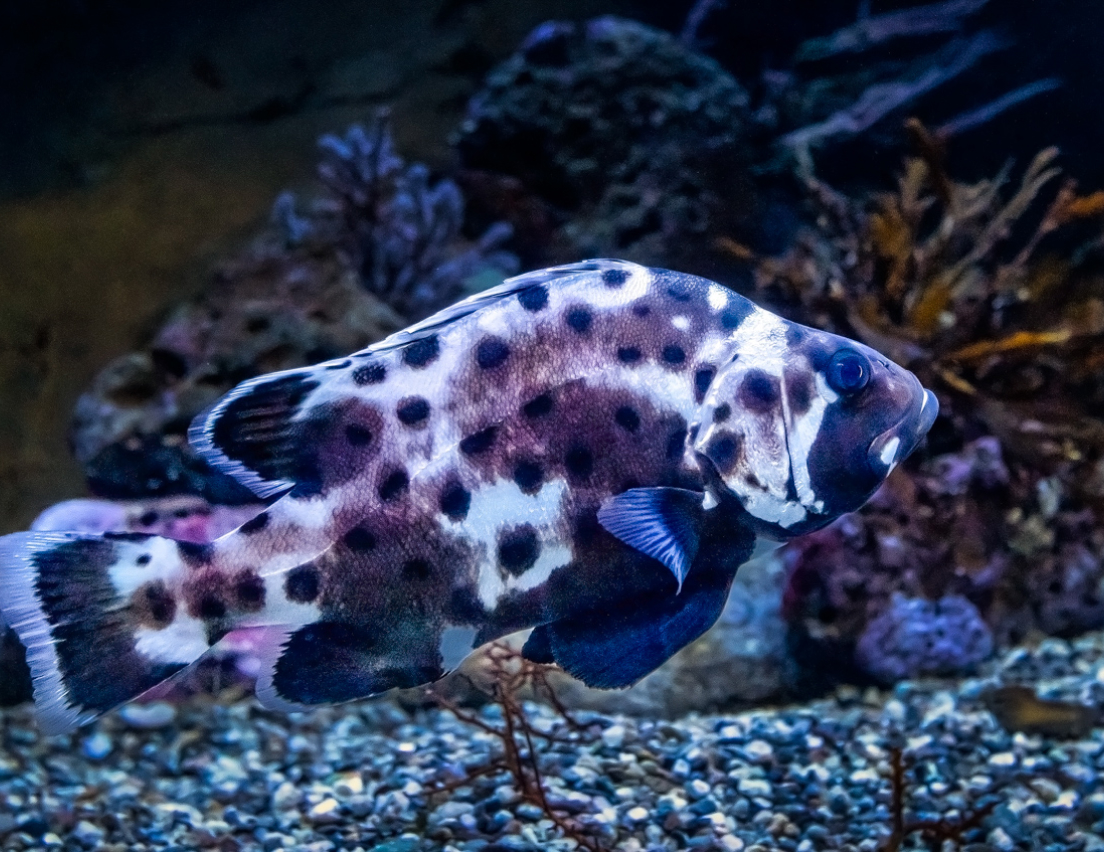
The Aquarium is proud to have been the first aquarium to successfully rear a giant sea bass from eggs collected in our Honda Blue Cavern. This special fish, named Yutaka, currently lives in our Casino Point exhibit in our Southern California Gallery. This monumental event triggered the first Giant Sea Bass Symposium, where we brought scientists together from very diverse organizations to share research and find new collaborations. One such collaboration led California State Universities Northridge and Long Beach to join forces with us and Cabrillo Marine Aquarium to spawn and release hundreds of giant sea bass for the first time ever in 2019 and 2020. These individuals were identified by their unique spot patterns, and some were outfitted with radio transmitters to study their movements and integration into the wild. The Aquarium also supports the community science program led by University of California, Santa Barbara, where recreational divers can report their photographs to help contribute valuable data on the movement and longevity of these massive fish.
Our Conservation Role
The Aquarium is currently planning the third iteration of the Giant Sea Bass Symposium, alongside Cabrillo Marine Aquarium. Out of this symposium, we hope to explore how public aquariums can collaborate with researchers to learn more about these amazing fish and share those stories with our visitors. We are also making plans through a special partnership between the Aquarium and the Channel Islands National Marine Sanctuary to help tag adult giant sea bass to learn more about annual spawning aggregations. Understanding the location and fidelity of these sites can help regulators adjust protections for this endangered species to aid in their natural population recovery after a tragic history of being overfished. These apex predators play a crucial role in kelp forest population dynamics.
